By DANG U. KOE, ASP Chair Emeritus
MANILA, Philippines — Temple Grandin is an autism icon. How many parents dream that if their children in the autism spectrum cannot be normal, they could be Temple Grandin?
Find out why when you watch the HBO movie “Temple Grandin” on Sept. 2.
Angels Talk finds a “Pinay Temple Grandin.”
Maria Angela “Yanna” Aragon, 21, is currently working as a subcontractor coordinator (handling an internal company account based in Australia) at IBM Global Process Services.
Her parents Albert and Agnes Aragon expected the worst when they learned that Yanna has Asperger’s Syndrome, an autism spectrum disorder characterized by significant difficulties in social interaction, along with restricted and repetitive patterns of behavior and interests. It differs from other autism spectrum disorders by its relative preservation of linguistic and cognitive development.
At best, Yanna’s parents hoped that she could be taught personal skills, basic reading, writing and comprehension. With prayers, family support and early intervention, Yanna moved on from a special school (Bridges Foundation), to a managed pre-school ( Links Learning Center ), to a regular school (St. Mary’s College).
At St. Mary’s, she was able to integrate herself into her class and school community; managingthe same time to land in the top 40 students. Then she moved to St. Theresa’s where she managed above average grades; garnering two Outstanding Student citations in her second and fourth years.
She was accepted at the Ateneo de Manila University and graduated March 2011 with a degree in AB Interdisciplinary Studies.
This is how Yanna’s sees ‘Temple Grandin.’
* * * * *
‘Temple Grandin’ is a 2010 HBO Films biopic based on the book ‘Thinking in Pictures.’ The film highlighted both Temple’s achievements and struggles that were brought about by autism.
 |
| Digital poster for the biopic of Temple Grandin |
Temple Grandin was diagnosed with autism as a child (during the 1950’s). But she managed to have anormal education, leading up to her acquiring both master’s and doctoral degrees in Animal Science. She became renowned for redesigning cattle ranches and slaughterhouses to make the treatment and slaughter of livestock more humane.
Temple also became a renowned advocate for autism and early intervention.
Currently, she teaches Animal Science at Colorado State University and lectures on both animal science and autism. Recently, she was included in Time magazine’s list of influential individuals.
The film is mostly set during Temple’s high school and college life, and during the beginning of her career in the then male-dominated livestock industry. Interspersed are flashbacks scenes of her childhood years, dating back to Temple’s diagnosis with autism, as well as the struggles her mother, Eustacia Cutler, had to deal with in order to give her daughter a normal life.
The movie shows how Temple faces various struggles brought about by autism, and how she always comes out triumphant. In once scene, Temple’s manner of speaking and social awkwardness give her high school classmates the impression that she is a weirdo.
At one point, she ends up punching a classmate in the face. Being able to think visually (or in pictures, to use her words), allows Temple to reconstruct an optical illusion — much to the delight of Dr. Carlock, her science teacher and avid supporter, and her classmates.
Watching the film, I was awed over the breadth and depth of Temple’s intelligence — she who could conceptualize and build her own squeeze machine, she who could redesign entire ranches and slaughterhouses. I was able to relate to her life. I had gone through the same — being bullied, being misunderstood, having a dislike for socialization, and being able to succeed with the support of friends and loved ones.
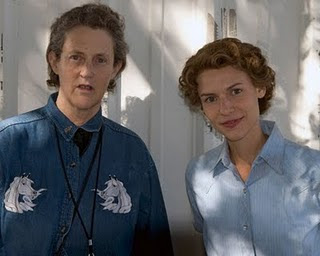 |
| Temple Grandin with Claire Danes |
But I also feared that people who will watch this film will get the impression that all autistic individuals are savants (and vice-versa) — a misconception I debunked after a friend thought I was such. I even had to explain to her that autism is a spectrum — on one end, you have individuals like Temple, and on another, you have those who need to be cared for and guided all their lives. In the middle are people like me.
I was particularly struck by two quotes mentioned in the film:
“Different, not less.’’
People with autism are exactly that – people. They possess the same biological structure as any other human being. They have feelings, and needs like everyone else. Like neurotypical (NT) individuals, each one is unique from another. Hence, they should each be treated differently.
“Nature can be cruel, but we don’t have to be.’’
Although Temple says this in the context of the humane treatment and slaughter of animals, I also looked at this quote from the context of how we deal with persons with disabilities (PWD).
Yes, nature can be cruel for having some individuals bear the consequences of autism, which some term as a curse, an anomaly. Yes, nature can be cruel for having people shun, fear, and even abuse people who aren’t like them.
But as shown in both the film and in reality, there are also individuals who see them for who they really are and what they can accomplish, individuals who see them as human beings.
All in all, the film is a must-see not only for those looking for a great movie to watch — it has won numerous awards, including Best Actress for Claire Danes’ portrayal of Temple Grandin (something Temple herself attested to). It is also for those who believe that with much guidance, open-mindedness, and love — autistic individuals can grow up to have normal lives, succeed, and maybe even make a difference in the world.
Uploaded with permission
Acknowledgment Manila Bulletin: Nature can be cruel – but we don’t have to be




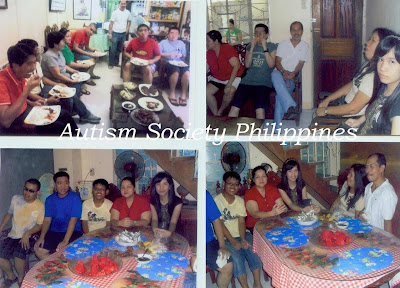






 Posted in: film
Posted in: film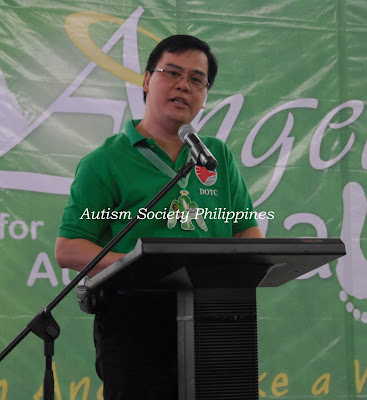



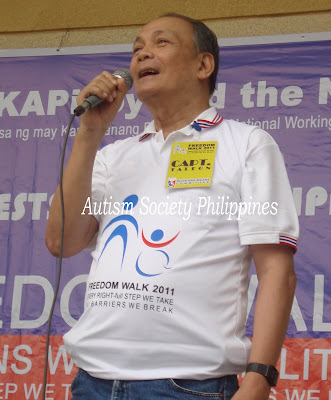














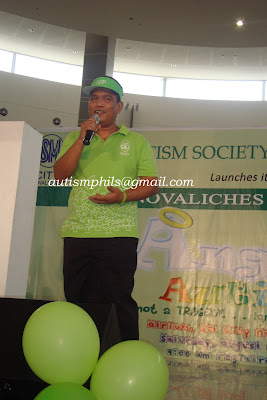


 Posted in: chapters
Posted in: chapters












